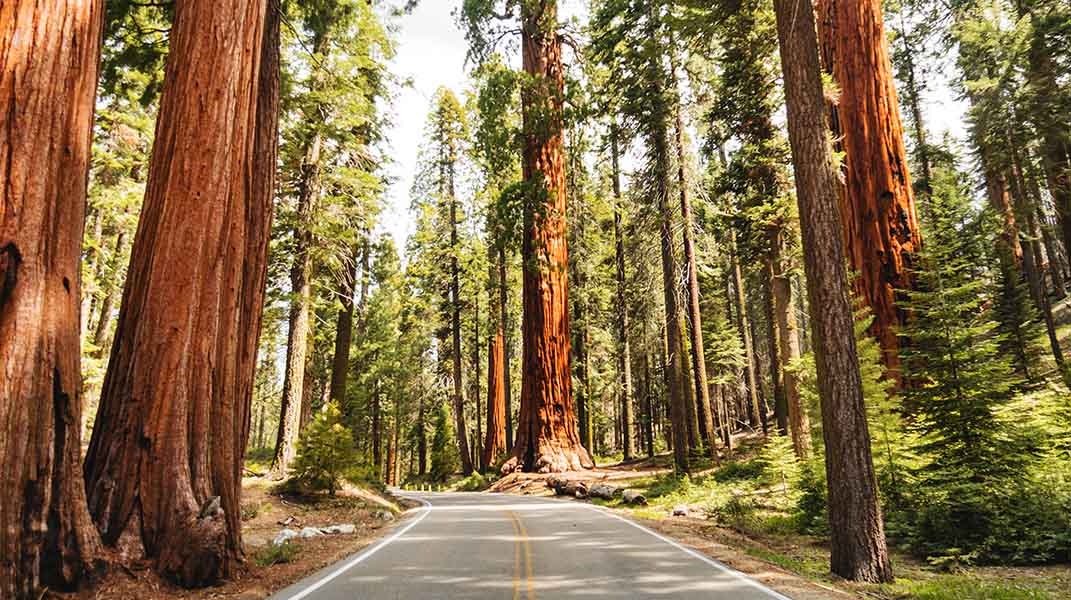How to enjoy and protect our national parks

In 2018, a whopping 318 million people visited U.S. national parks, a nearly 16 percent increase from ten years ago. This surge in visitation coupled with our changing climate has created new challenges for preservation and sustainability efforts across our 417 national parks.
According to the U.S. Secretary of the Interior, “Our national parks are being loved to death." And understandably so. Our national parks represent the most exceptional diversity of nature and wildlife across the country. For many, visiting them is an important, once-in-a-lifetime experience. So, if you plan to visit any of our National Parks this year, we’ve compiled a few tips to help make your trip thoughtful and sustainable, too.
How to keep it "clean" when visiting national parks
1. Leave no trace
First things first, ditch the plastic. Rather than using plastic cups, utensils and bags that will need to be thrown away, bring items that can be reused throughout your trip.
Plan ahead to ensure you leave absolutely no litter behind. Don’t expect to have easy access to garbage cans, so anticipate needing to practice a “carry in, carry out” policy. This may be the single biggest thing you can do to make a cleaner impact on your visit.
2. Reduce your food waste
Our national parks are making great strides to create compost programs that help eliminate food waste. “As part of the Zero-Landfill Initiative to reduce the amount of visitor-generated waste that national parks send to the landfills, Grand Teton National Park and Teton County are making great inroads with new composting waste removal efforts,” per the National Parks Conservation Association.
In 2016, Subaru of America and the National Parks Conservations Association released survey findings, which showed that almost 60 percent of Americans were unaware of the waste management challenges facing U.S. national parks. Nearly 85 percent of those that were unaware unaware of the challenge would be in favor of improving waste management conditions.
Composting is a great way to turn food waste into a recyclable item. You can learn more about fighting food waste, and three easy steps to help here.
3. Cut down on car travel
One of the greatest features of our national parks is accessibility. You can drive in and camp out while enjoying mother nature. The downside is that most of us still use gas-guzzling vehicles, which can disturb the local ecosystem.
When you consider that millions of people visit our national parks yearly, that amounts to a heavy dose of local carbon emissions inside the parks. Instead, park your car and take advantage of the free shuttle buses now offered by many National Parks. When you can, it’s an easy alternative to driving yourself.
4. Know before you go
Lastly, every park is unique, so make sure to check the specific park’s visitor guide before your trip. There, you will find special recommendations to make your trip both enjoyable and sustainable. Our national parks are well worth the visit, but it’s on us to make sure those visits can continue for generations to come.


